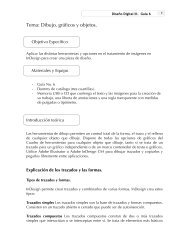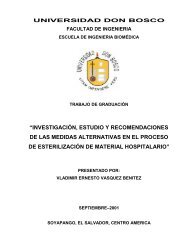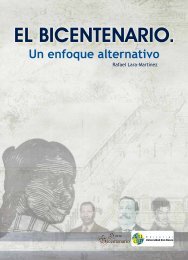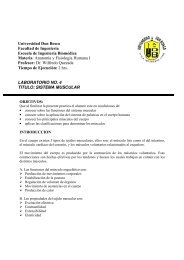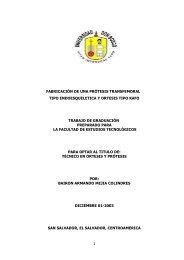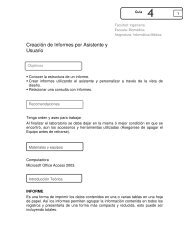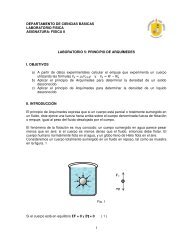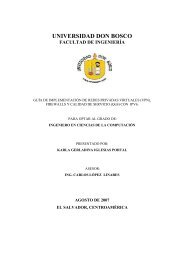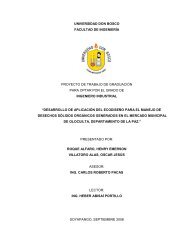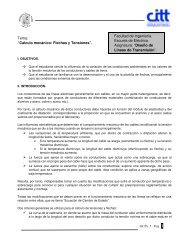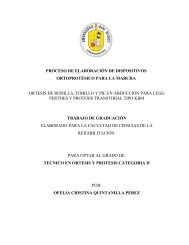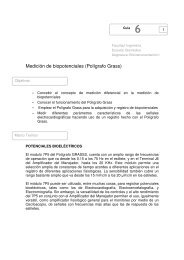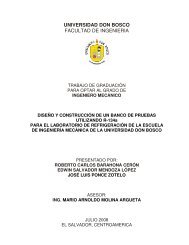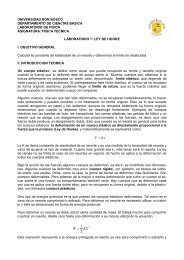cuentos de barro - DSpace Universidad Don Bosco
cuentos de barro - DSpace Universidad Don Bosco
cuentos de barro - DSpace Universidad Don Bosco
Create successful ePaper yourself
Turn your PDF publications into a flip-book with our unique Google optimized e-Paper software.
The Voice of the Pipil<br />
The translation of Tales of Clay (Cuentos <strong>de</strong> <strong>barro</strong>), by Salarrué (Salvador Salazar<br />
Arrué) into English of the Americas makes available for the first time an ingenious<br />
literary feat, the commemoration of the horrendous event perpetrated in 1933 by<br />
a dictator, a caudillo whose name has been unknown to most of us. Salarrué’s<br />
achievement was, through a subtle use of non-standard language and style, to recall,<br />
right un<strong>de</strong>r the nose of Salvadoran dictator-presi<strong>de</strong>nt General Maximiliano Hernán<strong>de</strong>z<br />
Martínez, the unspeakable bloody massacre of the Pipil.<br />
In his analysis of the discourse in Salarrué’s stories, Nelson López discovered two<br />
critical aspects of the language. First, Salarrué “resurrected” the peasants of the<br />
massacre by using actual names of the <strong>de</strong>ad for the characters in his stories. Then,<br />
he created a new “literary” language by mixing regional language (including Pipil) with<br />
Spanish. The result was that, at least partly through class prejudices, rea<strong>de</strong>rs thought<br />
they were reading quaint and sometimes humorous tales of “peasant” life. Because of<br />
this unusual variety of literary discourse, the political import of the stories did not leap<br />
out, even to Salvadoran rea<strong>de</strong>rs and, more particularly, it elu<strong>de</strong>d the attention of the<br />
perpetrator of the massacre.<br />
Nelson López Rojas came to this translation with rich linguistic skills: not every firstlanguage<br />
speaker of Spanish could cope with the richness and diversity of Salarrué’s<br />
written language, which, along with its use of a non-Spanish lexicon, inclu<strong>de</strong>s the<br />
names of plants, birds, and animals–the bane of most translators, whether they are<br />
<strong>de</strong>aling with Central America, Caribbean islands, Africa or other regions with diverse<br />
and localized plant and animal life. The hours he spent in researching that aspect<br />
and in interviewing of Pipil speakers, Salarrué’s own family, and even people who had<br />
known the writer, un<strong>de</strong>rlie the success of this translation. We can only hope that it will<br />
find appreciative rea<strong>de</strong>rs and bring this most famous of Salvadoran writers back into<br />
focus on an international scale.<br />
—Carrol F. Coates<br />
Binghamton, New York<br />
Bastille Day, 2011




